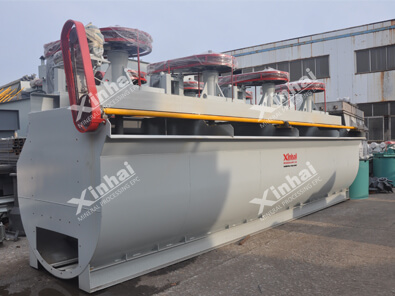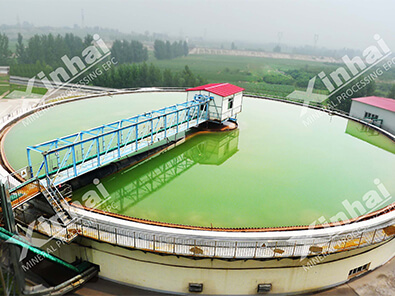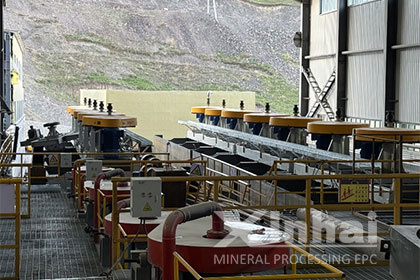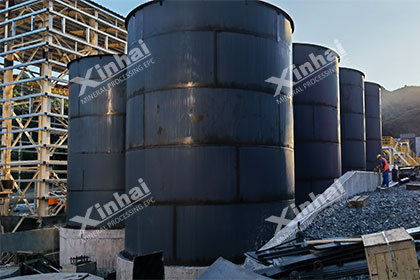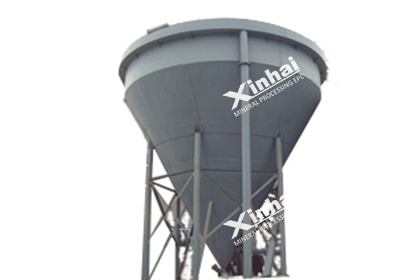Lithium Ore Processing: An Overview You Must Know
 Miya
Miya
 Mar 13, 2023
Mar 13, 2023
 1899
1899
If you want to know more details about equipment, solutions, etc, please click the button below for free consultation, or leave your requirements!
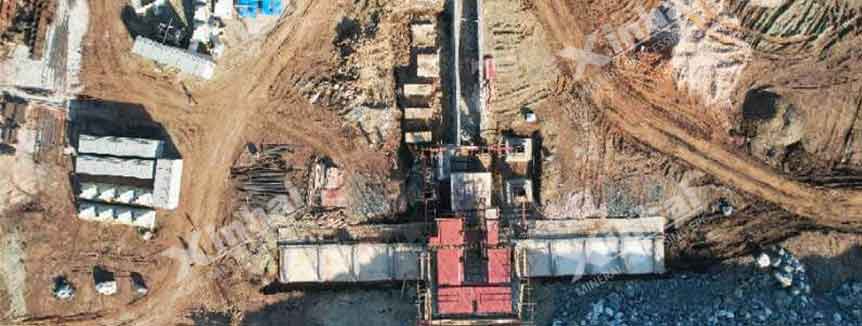
Lithium is a highly reactive and flammable metal that is widely used in various industries, including batteries, ceramics, glass, and pharmaceuticals. It is also used in the production of lightweight alloys, lubricants, and air conditioning systems. The demand for lithium has been increasing rapidly in recent years, driven by the growth of the electric vehicle market and the need for energy storage solutions.
Lithium is primarily extracted from two sources: brines and hard rock ores. Brines are found in salt flats and underground aquifers, while hard rock ores are mined from pegmatites and spodumene deposits.
We have talked about Lithium ore processing equipment before. In this blog post, we will focus on the processing of hard rock lithium ores, which involves several stages of crushing, grinding, and flotation, rosasting, leaching, purification and crystallization.
01Crushing and Grinding
BackThe first step in processing lithium ore is to crush it into small pieces. This is usually done using a jaw crusher, which reduces the ore to a size of about 8 inches. The crushed ore is then transported to a ball mill, where it is ground into a fine powder. The ball mill is a rotating cylindrical vessel that uses steel balls to grind the ore. The resulting powder is then sent to a classifier, which separates the particles based on size.
02Flotation Process
BackThe next step in the process is flotation, which involves separating the lithium minerals from the gangue minerals. The powdered ore is mixed with water and a collector chemical, such as fatty acid or xanthate, which attaches to the lithium minerals and makes them hydrophobic (water-repelling). Air is then bubbled through the mixture, causing the hydrophobic lithium minerals to rise to the surface and form a froth. The froth is skimmed off and dried, producing a concentrate that contains about 6-7% lithium.
If you want to know more details about lithium ore flotation chemicals, you can browse 3 Types of Lithium Ore Flotation Collectors.
03Roasting Process
BackThe concentrate is then roasted in a furnace to remove impurities and convert the lithium minerals to a more soluble form. This process is called calcination, and it involves heating the concentrate to a temperature of about 1000°C for several hours. During calcination, the lithium minerals react with the oxygen in the air to form lithium oxide (Li2O), which is soluble in water.
04Leaching Process
BackThe roasted concentrate is then leached with water to dissolve the lithium oxide. This is usually done in a series of tanks or vats, where the concentrate is mixed with water and agitated to promote the dissolution of the lithium oxide. The resulting solution, called a pregnant leach solution (PLS), contains about 1% lithium.
05Purification Process
BackThe pregnant leach solution is then purified to remove impurities and increase the concentration of lithium. This is usually done using a combination of solvent extraction and ion exchange. Solvent extraction involves using organic solvents, such as kerosene or butanol, to selectively extract the lithium ions from the PLS. The extracted lithium ions are then transferred to an aqueous solution, where they can be further purified using ion exchange resins. The resulting solution, called a high-purity lithium solution, contains about 99.5% lithium.
06Crystallization Process
BackThe final step in the process is the crystallization of lithium carbonate or lithium hydroxide, depending on the intended use of the product. This is usually done by adding a precipitating agent, such as sodium carbonate or sodium hydroxide, to the high-purity lithium solution. The resulting crystals are then filtered and dried, producing a final product that contains about 99.9% lithium carbonate or lithium hydroxide.
07To Wrap Up
BackThe processing of hard rock lithium ores involves several stages of crushing, grinding, flotation, roasting, leaching, purification, and crystallization. Each stage is designed to remove impurities and increase the concentration of lithium, resulting in a high-purity product that can be used in a variety of applications. If you have any need about lithium ore dressing, welcome to contact us at times.
 +86 183 3575 8886
+86 183 3575 8886 pinklaurabao@gmail.com
pinklaurabao@gmail.com




 Message
Message Chat Now
Chat Now


